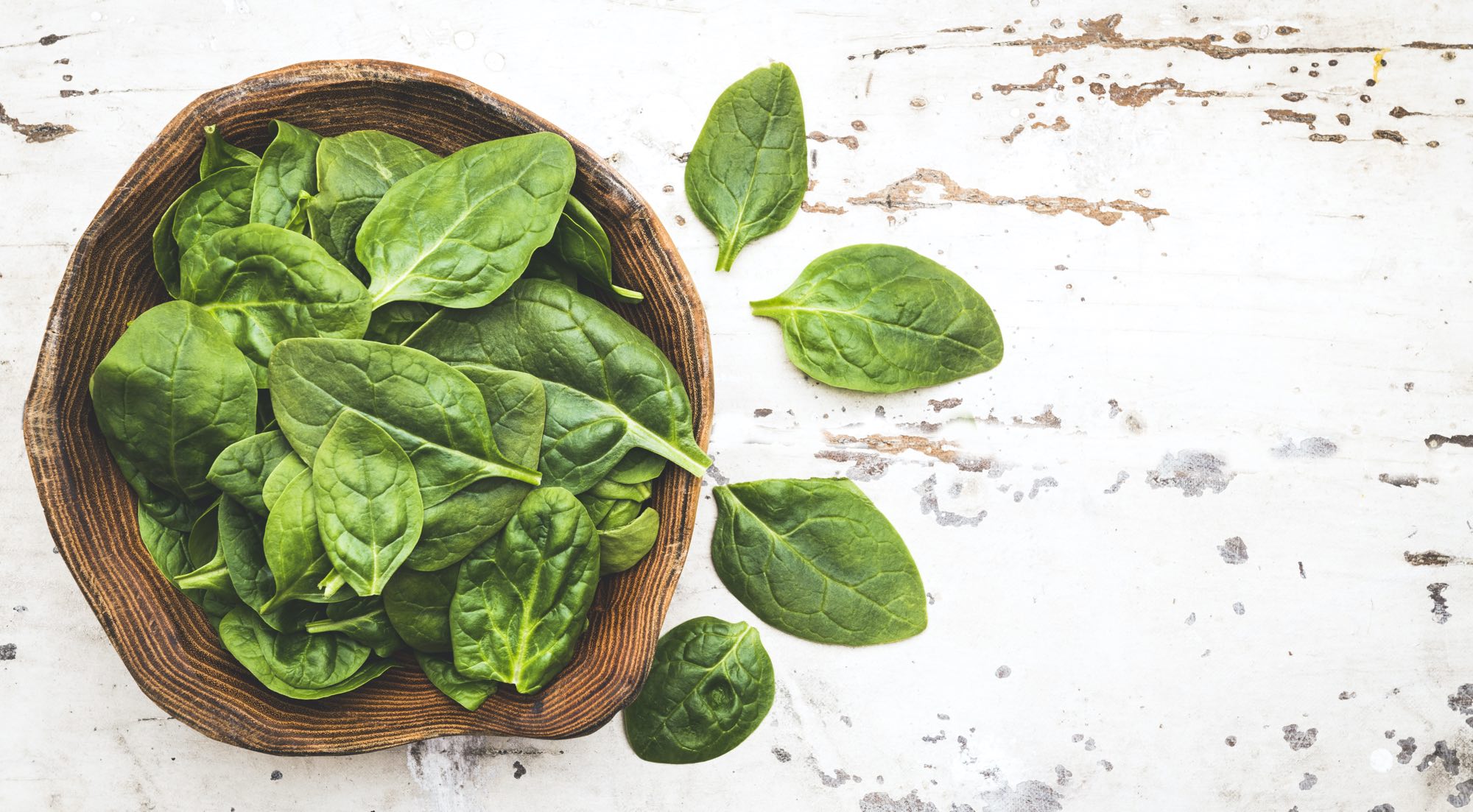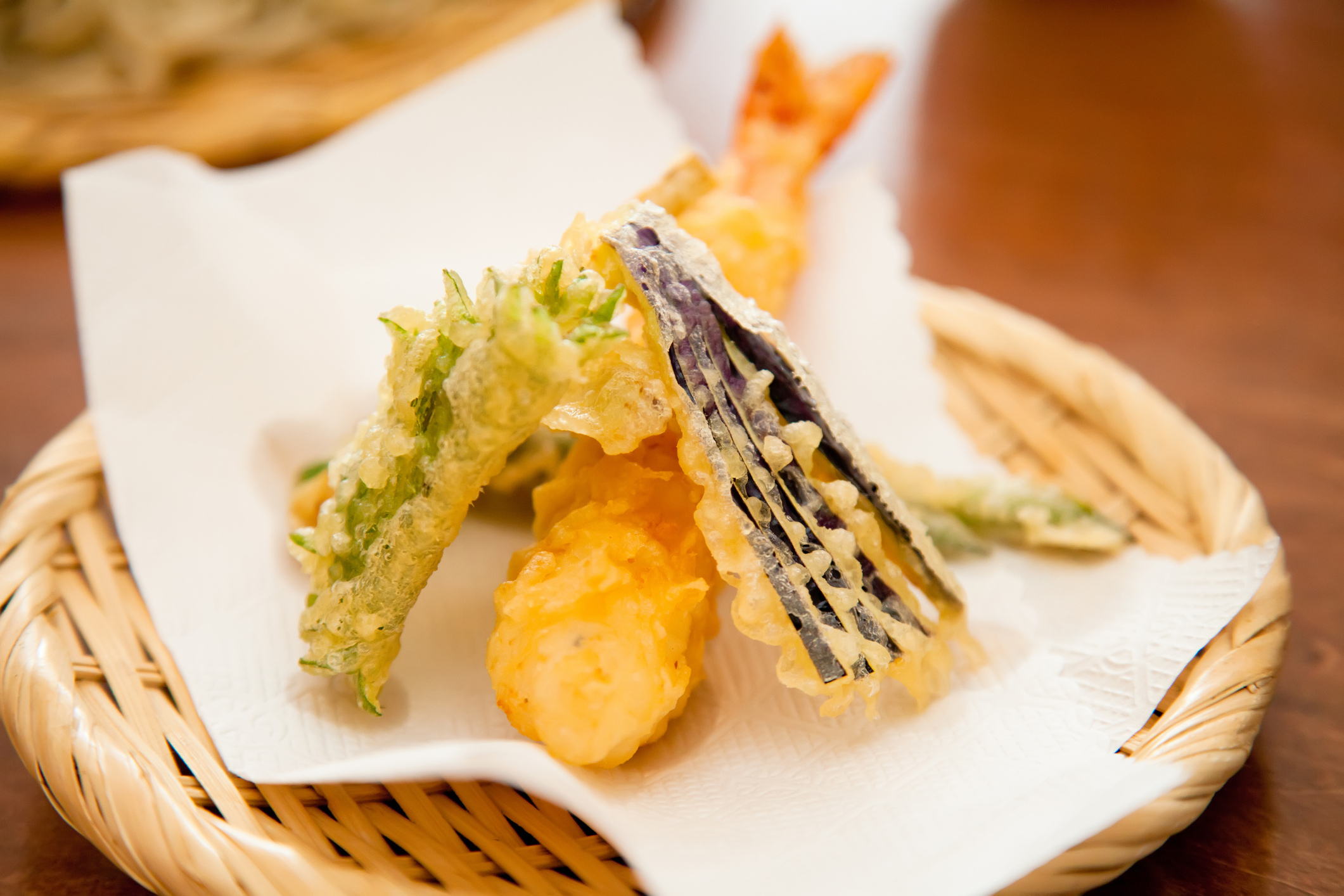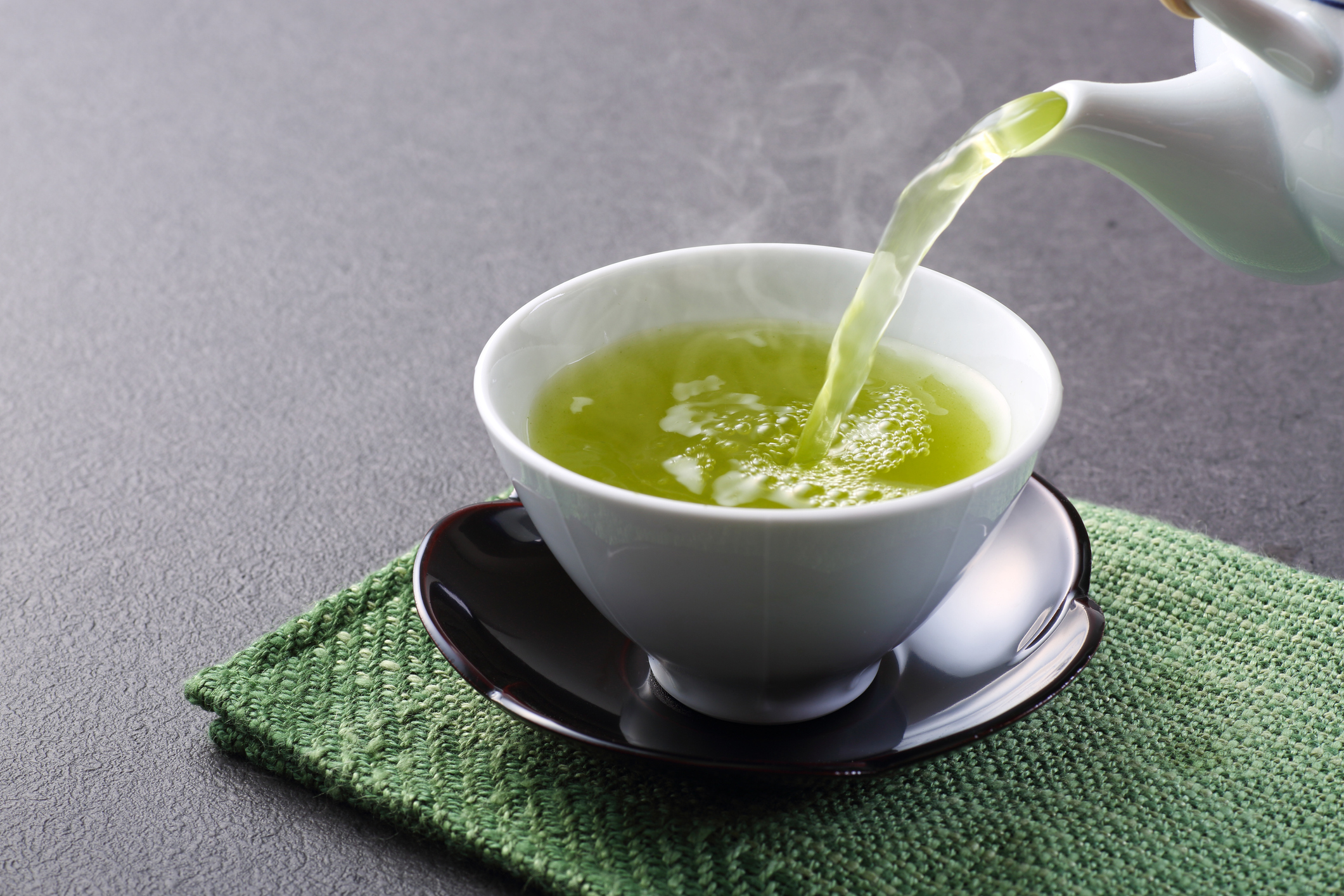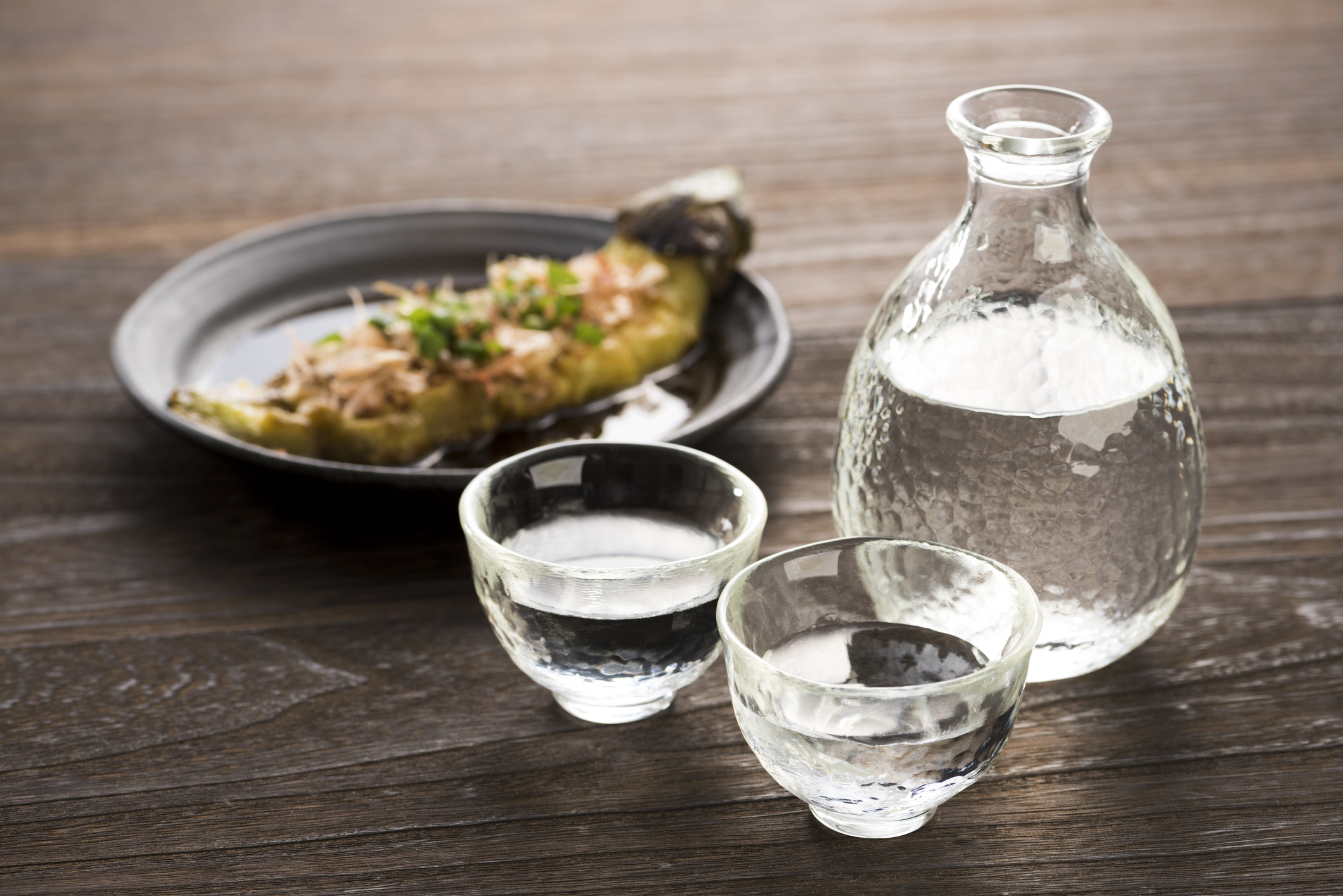Traditional Bad Food Combos In Japan
Don’t Eat That!
Real consequences lie behind certain combinations of foods.
There are so many great foods to enjoy in the world, and for many, food is one of the greatest parts of travel or even a long day of work. Following a traditional Japanese diet isn’t always easy, but if you do a little research into it, you’ll find lists of kuiawase (食い合わせ) or food combinations both good and bad.
What makes a given combination good or bad may not stem from any medical or scientific studies, either. Some are only bad because, historically speaking, eating them together was considered too luxurious and thus wasteful—matsutake mushrooms with expensive crab from Hokkaido, for example. Other reasons that a food combination could be bad stem from their temperature, so to speak.
What are Hot & Cold foods?
Chinese Food Theory basically states that food and medicine are the same, and that combinations of hot and cold foods can affect your health. This theory was brought to Japan and quickly shaped how the Japanese viewed food and combinations of dishes. Scientifically speaking this theory hasn’t been proven one way or another, but there is plenty of anecdotal evidence to back it up.
Hot foods refer to anything spicy or bitter, cooked under high heat, are a hot color (red, orange, yellow) or have high-calorie counts. For example, red meats, deep-fried foods, alcohol, and red peppers. Cold foods, on the other hand, are mild or sour, cooked in low/no heat, are a cool color (white, green, blue) and have low calorie counts. For example, green vegetables, tofu, yogurt, and so on.
Hot foods should be avoided in the summer because they heat up the body too much and that can make you ill, while cold foods should be avoided in the winter because they cool the body too much. You can also “take” hot foods to cure conditions caused or worsened by cold foods, and vice versa.
There are a lot of rules to go through if you want to follow this sort of food theory, and sometimes those rules contradict each other, so it should be taken with a grain of salt. That being said, there is scientific evidence to the bad combos covered in this article, so you might want to think twice before giving them a try.
The most infamous Bad Combo
This is one of the first bad food combinations I learned about when I came to Japan, and I’ve seen what it’s done to enough people now to know instinctively to avoid it.
Tempura and watermelon.
Tempura is a wonderful, crispy veggie-based dish. Watermelon is a cool refreshing fruit.
Eating tempura and watermelon in the same meal is literally trying to mix oil and water in an acidic environment—it leads to indigestion, heartburn, stomach cramps, and explosive diarrhea in particularly unlucky people.
You’ll get the same results (or consequences, if you’re feeling spiteful) if you eat unagi (eel) and watermelon, or any other fried/oily foods with anything too watery.
Watermelon in general
Watermelon itself comes up in a lot of different rules, although most are for similar reasons mentioned above. As my one elderly neighbor put it, “if you want to eat watermelon, don’t eat anything else fun.”
One more modern food rule involves watermelon and beer. While a classic summer combination, watermelon and beer together are bad because of their double punch diuretic effect. You’re consuming plenty of water, but the two together make you go to the bathroom twice as much, and can cause dehydration.
If you want to avoid heatstroke, you may want to pick one or the other during the summer months.
Green tea and most meals
Green tea is a major part of Japanese cuisine and culture. There are numerous stages to making the perfect traditional cup of green tea, and some consume liters of the stuff a week. Many drink it as a diet supplement due to its alleged ability to help regulate weight and metabolism, while others drink it strictly for the caffeine-filled punch it packs.
Green tea does have its bad points though. Green tea interferes with the body’s ability to absorb iron. Anemia is a common health problem in Japan, with some studies indicating that as many as 19% of Japan’s female population may suffer from it. Many foreign women when they first move to Japan find themselves also struggling with anemia or iron deficiency due to the change in diet as well.
What many don’t realize is that by drinking green tea during or after a meal they are making their anemia worse. After speaking with a few doctors, the general consensus is that, if you are likely to suffer from anemia (say around that time of the month), you should stop or drastically reduce your green tea intake and talk to your own doctor about taking iron supplements to rebalance out your system.
Mixing Hot with Hot too often
Sake and shochu are considered hot foods—they heat up the body and promote blood flow, which can be beneficial when drunk in moderation. As mentioned earlier, fried foods, spicy foods, and high-calorie fare in general are also hot foods according to Chinese Food Theory.
While none of these dishes or drinks are necessarily bad (again in moderation), the combination of the two can have serious consequences for people with heart conditions—especially undiagnosed ones.
Given the global situation, many people are staying home and drinking, or having online nomikai (飲み会 drinking parties) with friends and coworkers. During these parties, some are ordering in or buying their favorite comfort foods in excess—and this could lead to serious heart problems down the road, not to mention weight gain, gout, diabetes, and other lifestyle-related illnesses.
The same goes for eating salted nuts, dried kombu seaweed snacks, or dried mini sardines with sake too often. It’s not the snacks’ fault—generally, these are good for you—but their high salt content in combination with a strong alcohol can be very bad for people with cardiac issues, diagnosed or otherwise.
When it comes to diet and food in general, there are scores of combinations to choose from, but being aware of what those combinations can do to you is key. Be careful when pairing foods and you’ll avoid a lot of unnecessary discomfort in both the short and the long term.





















Leave a Reply